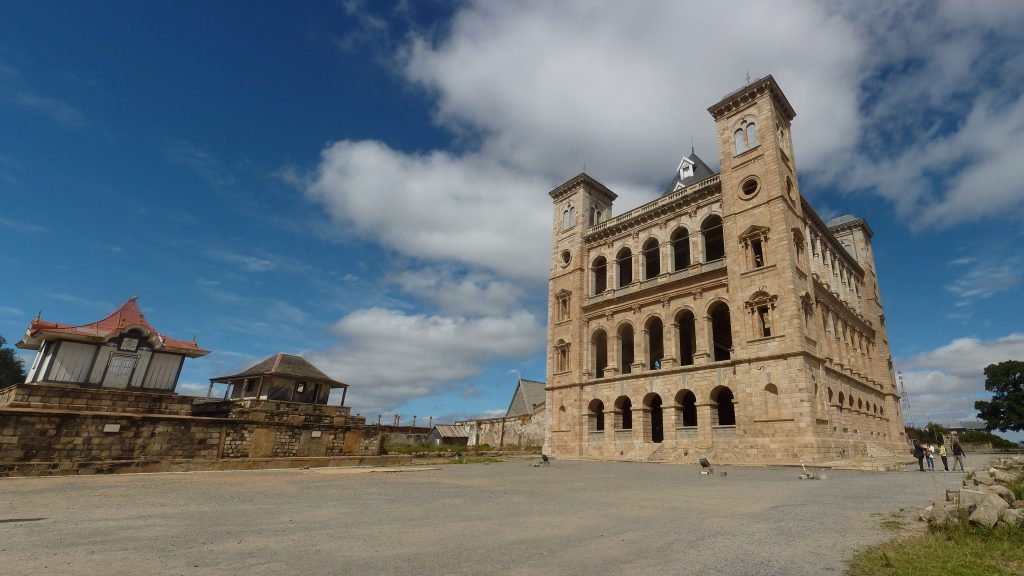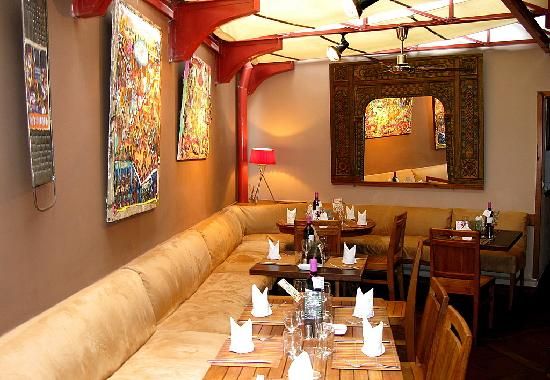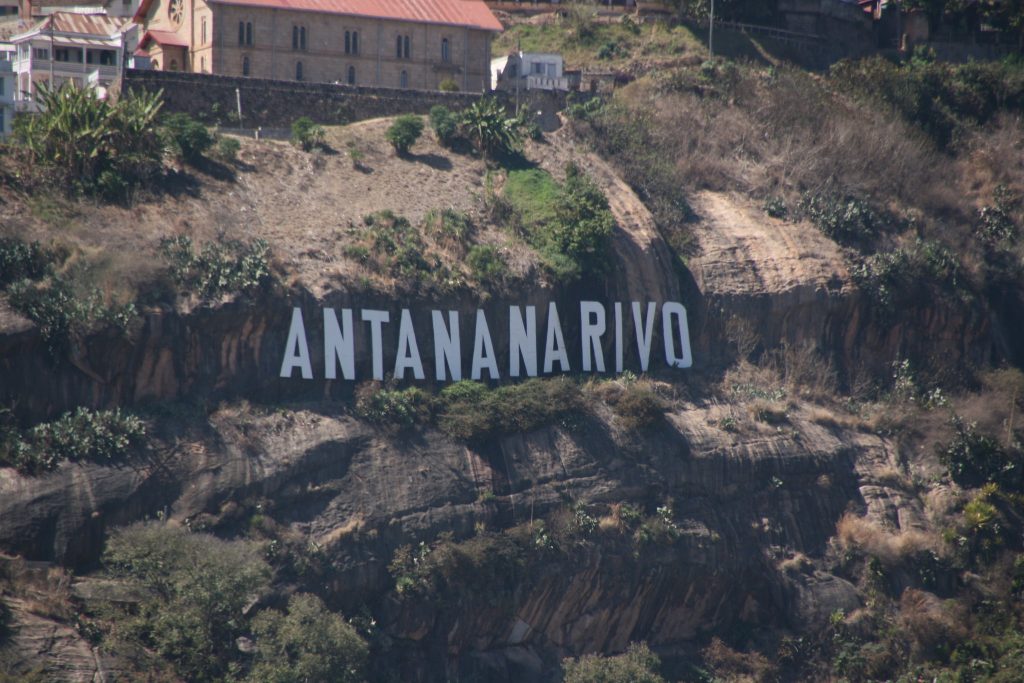One of the fascinating and off-the-beaten-path destinations globetrotters and adventure lovers should visit once in their lifetime is Madagascar. This island nation in Africa is home to more than 100 endemic species of lemurs. The country is also famous for its spectacular landscapes, beautiful architecture and paradise beaches.
If you’re interested in this African destination, consider spending your first few days in Antananarivo, the capital city of Madagascar.
Antananarivo: An Overview

Antananarivo, also known as Tana, is a vibrant capital city that tourists pass over in favor of the country’s stunning beaches and fascinating countryside. The word “Antananarivo” means the city of the thousand. The former King Andriamasinavalona was responsible for coming up with the name of the country’s capital. He chose Antananarivo in honor of the soldiers of the former Merina King Andrianjaka.
When you visit Antananarivo for the first time, you may feel discouraged by the traffic congestion along with the uncontrolled urban sprawl. By looking beyond these issues, however, you’ll find that this city is full of history, charm and magnificent sights at every turn.
Getting in and Around Antananarivo
Tana serves as the primary entry point to the island nation of Madagascar. If you’re coming overseas, there’s only one convenient way to travel to Antananarivo: by plane.
Ivato International Airport, the country’s major airport, accommodates flights from multiple airlines, including Air Madagascar, Turkish Airlines, Kenya Airways and Airlink South Africa.
Entry Policies
Foreign nationals planning to travel to Antananarivo will need to obtain a visa. The good news is that Madagascar offers multiple visa options to tourists. These are the following:
Visa Through an Embassy
You can apply for a visa in advance at your nearest consulate. Get in touch with your chosen embassy for the list of requirements and processing times.
Online Tourist Visa or e-Visa
Foreign visitors may obtain an e-Visa by going to this website. Make sure you have the following requirements ready during the online application process:
- Passport – Applicants must hold a passport with a minimum of two blank pages. The travel document should also be valid for at least six months from the date of your arrival in Antananarivo. Important note: Madagascar does not recognize Palestinian passports. You will not be able to enter the country or apply for an e-Visa if you’re a holder of this travel document.
- E-mail Address – You will receive your e-Visa via e-mail, so make sure to provide a valid e-mail address in your online tourist visa application.
- Travel Dates – Provide the date of your arrival along with the duration of your stay in Madagascar.
- Means of Payment – The price of a 30-day, single-entry tourist e-Visa is $37. The cost of a 60-day, single-entry online visa is $45.
Once you complete your online registration, you’ll receive an “authorization to disembark” document via e-mail. You’ll need to present this to one of the e-Visa counters at the airport.
Visa on Arrival
If you forgot to apply in advance or feel like traveling to Antananarivo on a whim, you have the option to buy a visa on arrival at the airport.
Regardless of the visa option you choose, you may need to secure a yellow fever vaccination certificate if you are flying from a yellow fever-endemic nation.
Traveling within Antananarivo
Once you get past immigration, customs and baggage claim, you’ll have two modes of transportation to get you to your hotel and other areas of the city.
These are:
Bus (Also Known As Taxi-Be)
These large mini-buses serve tourists and locals around the capital city and its outlying suburbs. Although the standard fare may be incredibly affordable, you may have a tough time getting to your destination. Working out the bus spots and the route of the taxi-be can be a challenge for first-timers in Antananarivo.
If you’re going to take a taxi-be, please exercise caution. Take care of your belongings and watch out for pickpockets during rush hour times.
Taxi
Although this option is more expensive than a mini-bus, the city’s taxis are plentiful and colorful — even at night. Take note that the fares are negotiable. Before you enter the taxi, talk to your driver and agree on a price.
What to See in Antananarivo

Tourists have so many sights to see and things to do in Antananarivo. Whether you prefer adventure, nature vacations, historical culture or architecture, the capital of Madagascar will meet (and perhaps even exceed) your expectations.
Here are a few tourist attractions you can check out during your stay:
Rova
This fortified palace complex is the highest point of Tana. It served as the tomb of seven queens and kings, as well as Madagascar’s historical monument. When you’re at the tourist site, you’ll enjoy a breathtaking view of the city along with the modest neighborhoods that are clinging to the hillside.
Not many buildings remain standing in this tourist attraction, though. A fire in 1995 devastated many of Rova’s original wooden structures. A couple of sites that are still there, however, are the tombs of the rulers of Madagascar and the stone building erected by James Cameron, a Scottish missionary.
Ivato Crocodile Farm
Also known as the “croc farm,” this breeding farm allows you to check out the dangerous Nile crocodiles. Apart from these reptiles, you’ll get to see other animals, including snakes, lemurs, ostriches and fossa.
Musée d’Art et d’Archéologie
This dusty and small historical museum provides an overview of archeological discoveries around Madagascar. You’ll come across talismans used in traditional ceremonies, exhibits featuring the life of a Malagasy and displays of aloalo (funerary pole sculpture).
Presidential Palace
This historic building and elegant 19th-century manor served as a home for a French official for many years. It turned into Madagascar’s presidential palace in 1975 and stayed this way until Malagasy President Didier Ratsiraka chose to erect a more modern complex south of Antananarivo.
Musée Andafivaratra
This stunning pink baroque palace was the former residence of Prime Minister Rainilaiarivony. The museum has a collection of spare memorabilia from the kings and queens of Merina, a tribal group.
Musée de la Photo
This wonderful photography museum is one of the best museums in Antananarivo. This tourist attraction consists of four rooms showcasing works of an early Malagasy photo studio, the history of the island nation’s seven biggest cities, archival photos depicting the past of the country and Malagasy identities from the 19th and 20th centuries.
When you go up one level, you’ll find exhibitions featuring walls filled with Polaroid photos highlighting modern life in Tana. There’s also an exhibit on the significance of the zebu in the life of a Malagasy.
Tsimbazaza Park
If you’re looking to take a break from the hustle and bustle of Antananarivo’s city life, check out Tsimbazaza Park, which serves as the green lung of the capital. You’ll feel at ease at the park’s botanical garden that houses various animal species. Nature enthusiasts will love taking pictures of Instagram-worthy endemic and exotic flora.
The park is also home to a zoo of animals. You’ll find many species in your stroll, including the endemic birds, lemurs, frogs, snakes and chameleons.
Analakely Market
When you’re done exploring the capital, don’t forget to buy souvenirs for your African trip. Analakely Market, the main market of Antananarivo, is teeming with a range of goods. Busy vendors sell various types of products, such as household items, clothes and food products.
Where to Eat in Antananarivo

Don’t stick to the usual fast food establishments when you’re at Antananarivo. Instead, check out these restaurants:
Kudéta
The stylish bar-restaurant is well-known for having an excellent chef that uses the freshest, local and seasonal ingredients. Diners will enjoy a sophisticated fusion cuisine along with the place’s chic ethnic décor.
La Terrasse Exotic
Craving for authentic Indian food in Tana? Pay a visit to La Terrasse Exotic located at Anjary Hotel. Enjoy feasting on lassi, naan bread and curry as you watch Bollywood movies on one of the restaurant’s TV screens.
Giardino di Lorenzo
This wonderful garden restaurant is perfect for travelers looking to sample Malagasy and Italian dishes. Order panini, pizza or pasta and enjoy the incredible views of the capital city.
Antananarivo offers a rich and incredible journey for both young and old travelers. When touring this city, consider getting an experienced tour guide who will help you learn more about the history, people and culture of the Malagasy.

